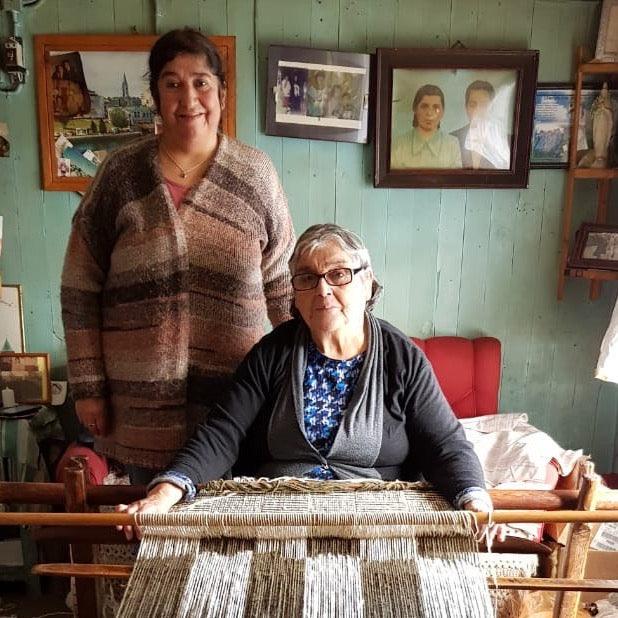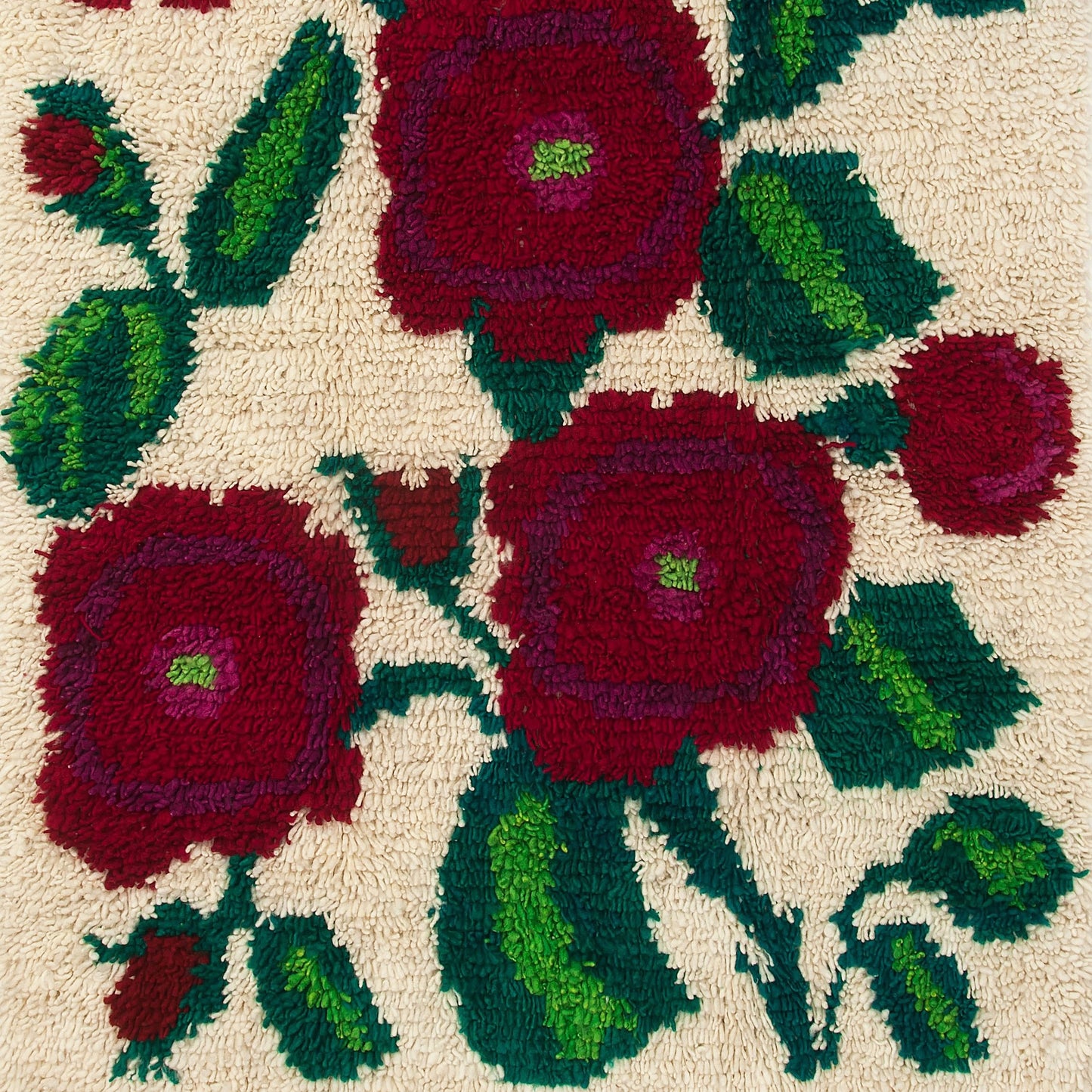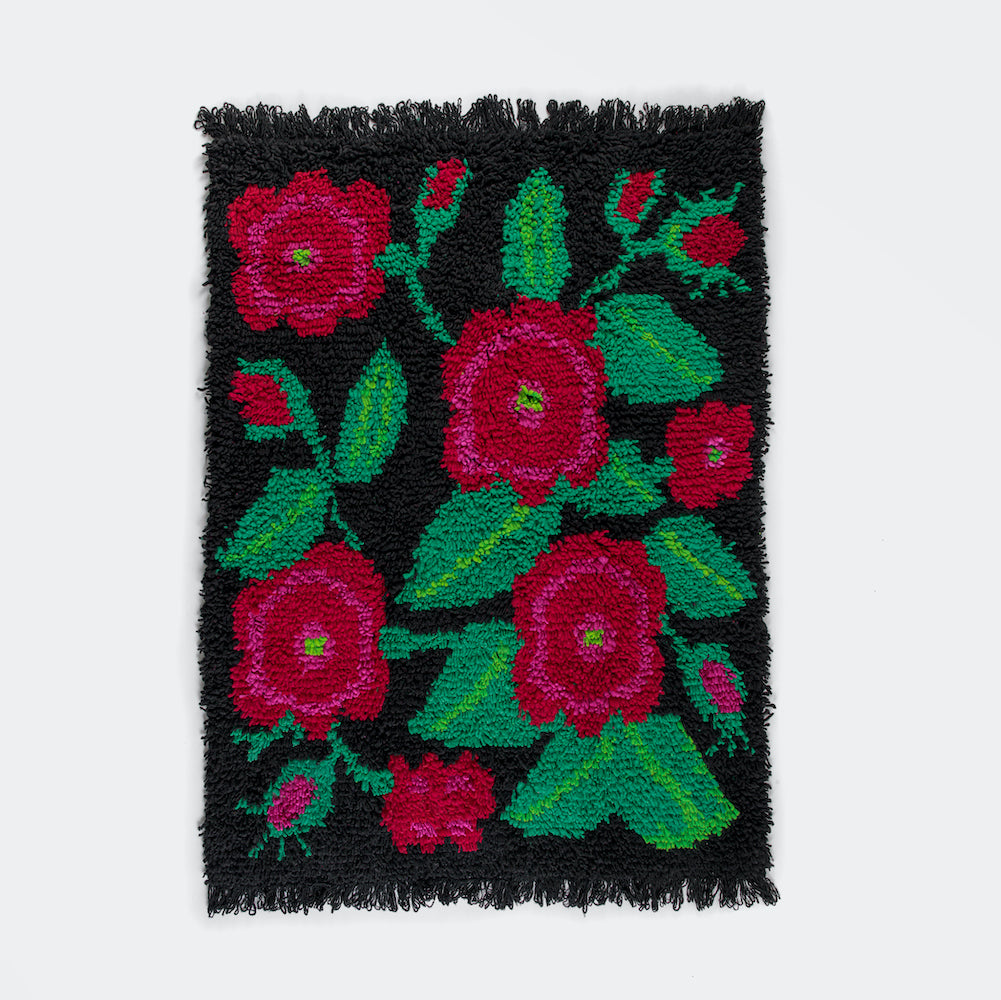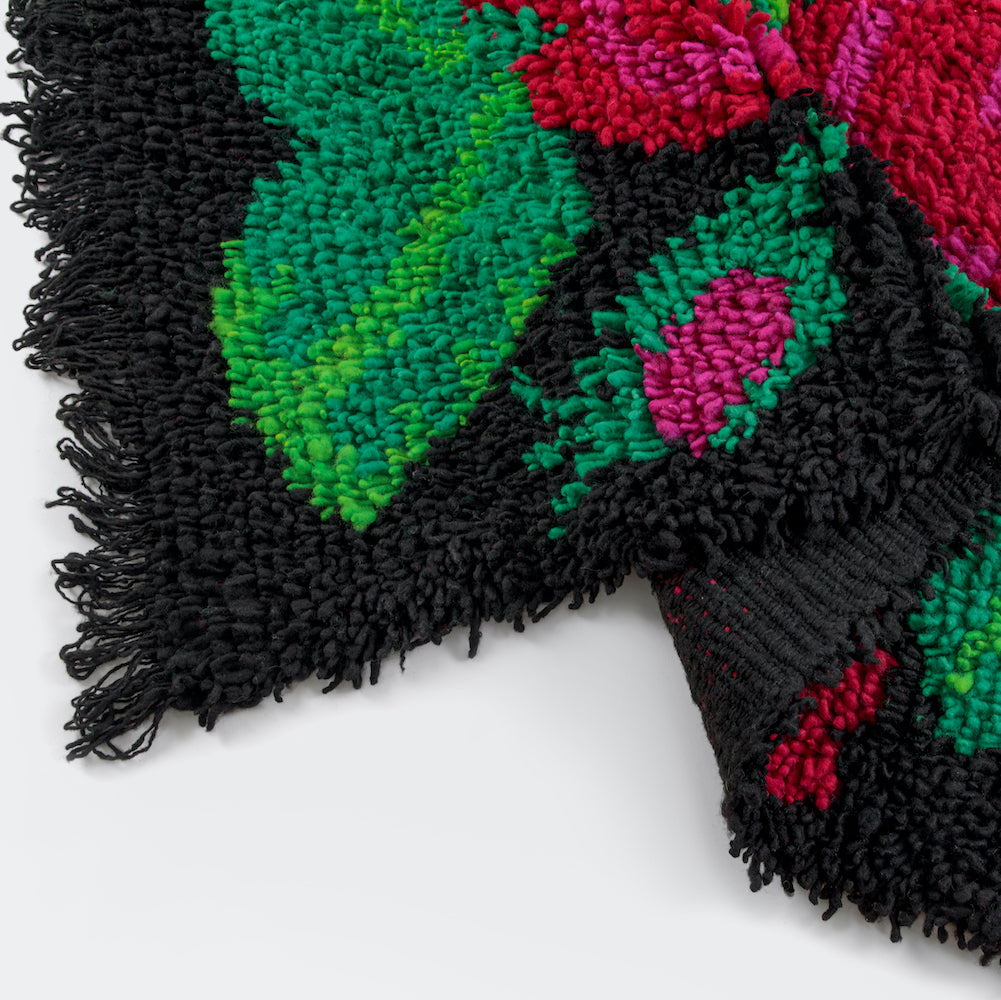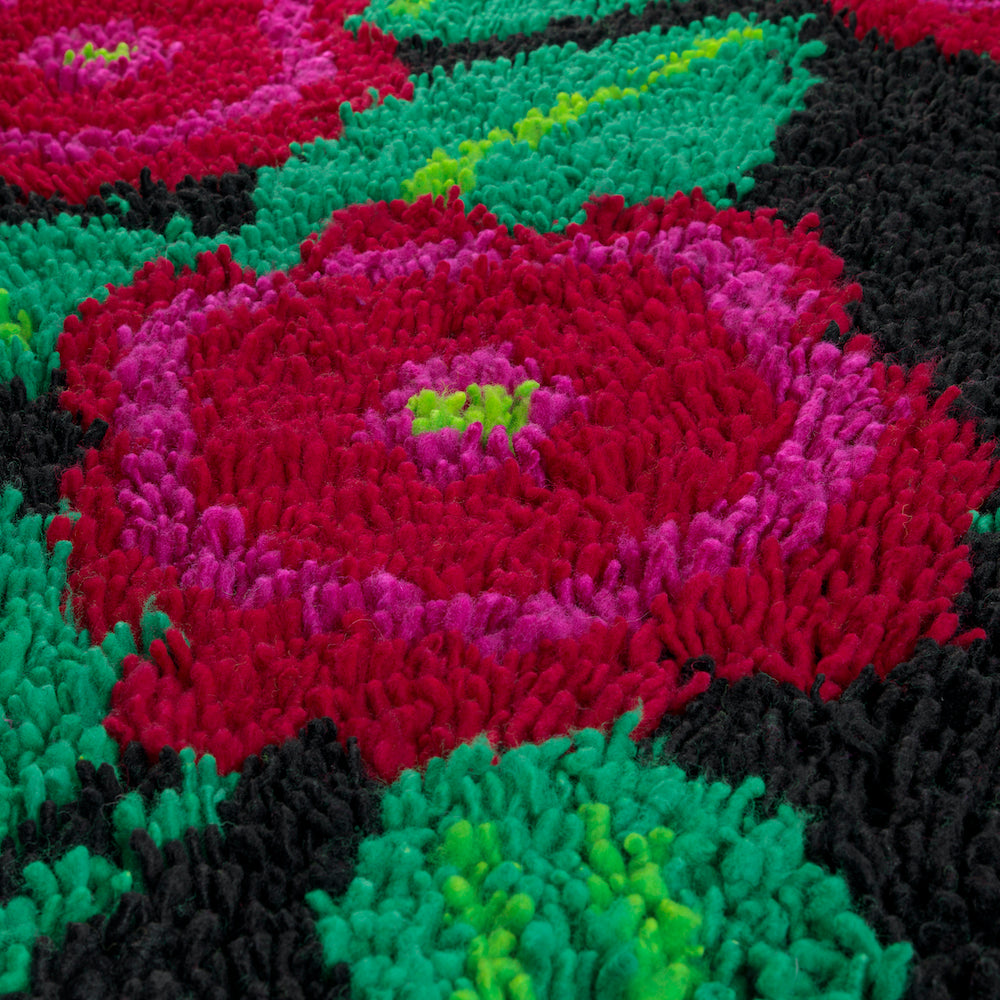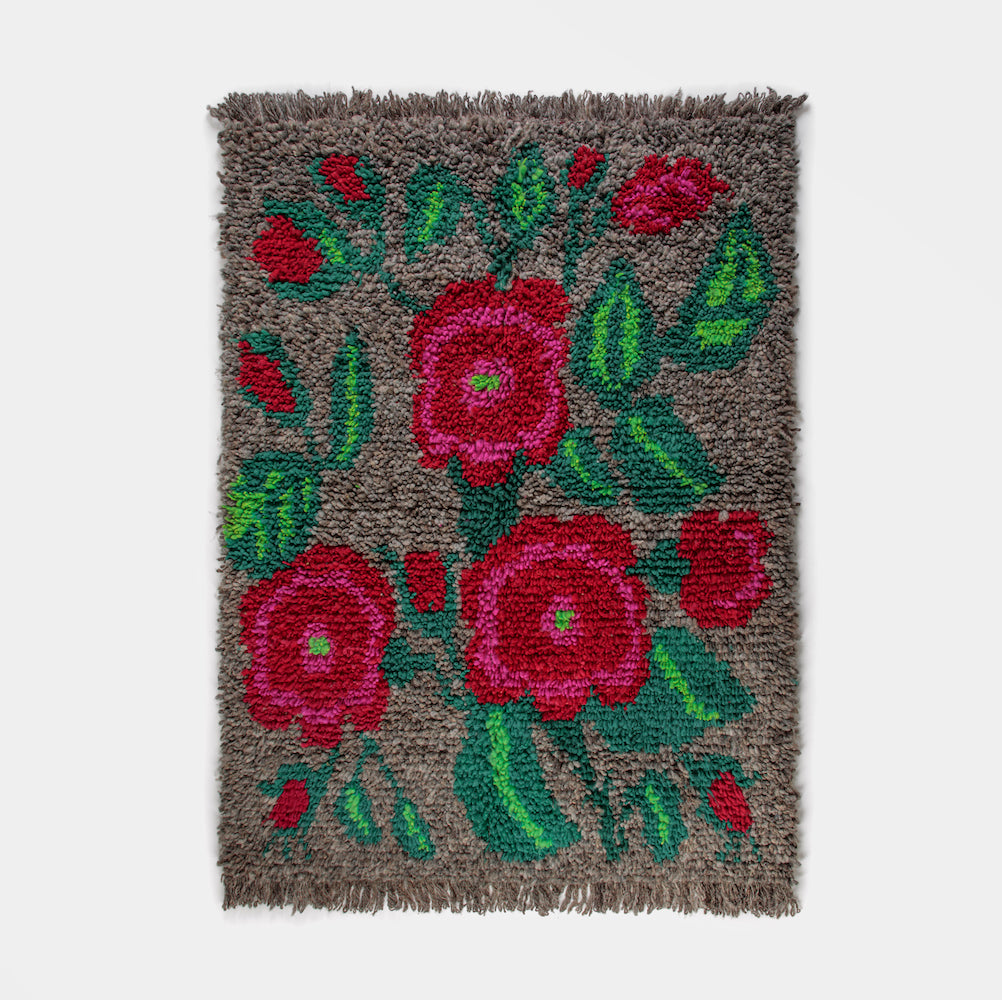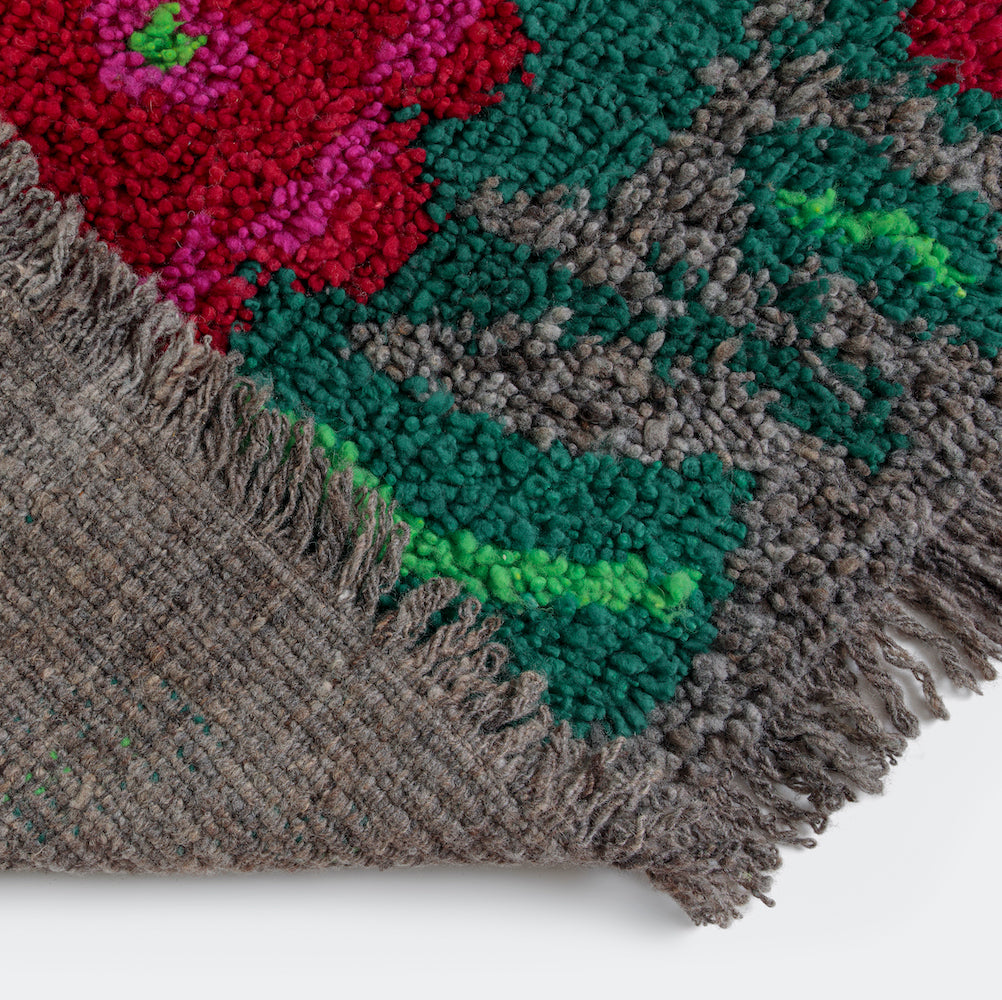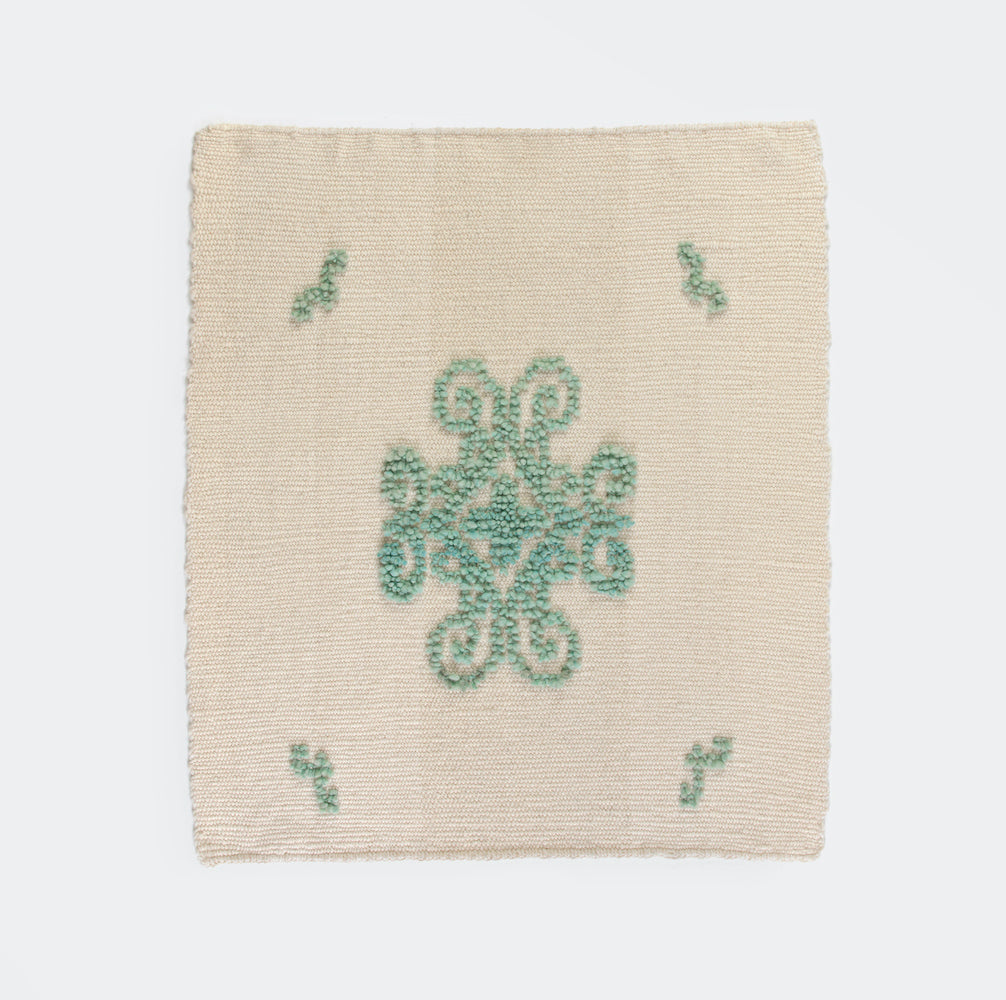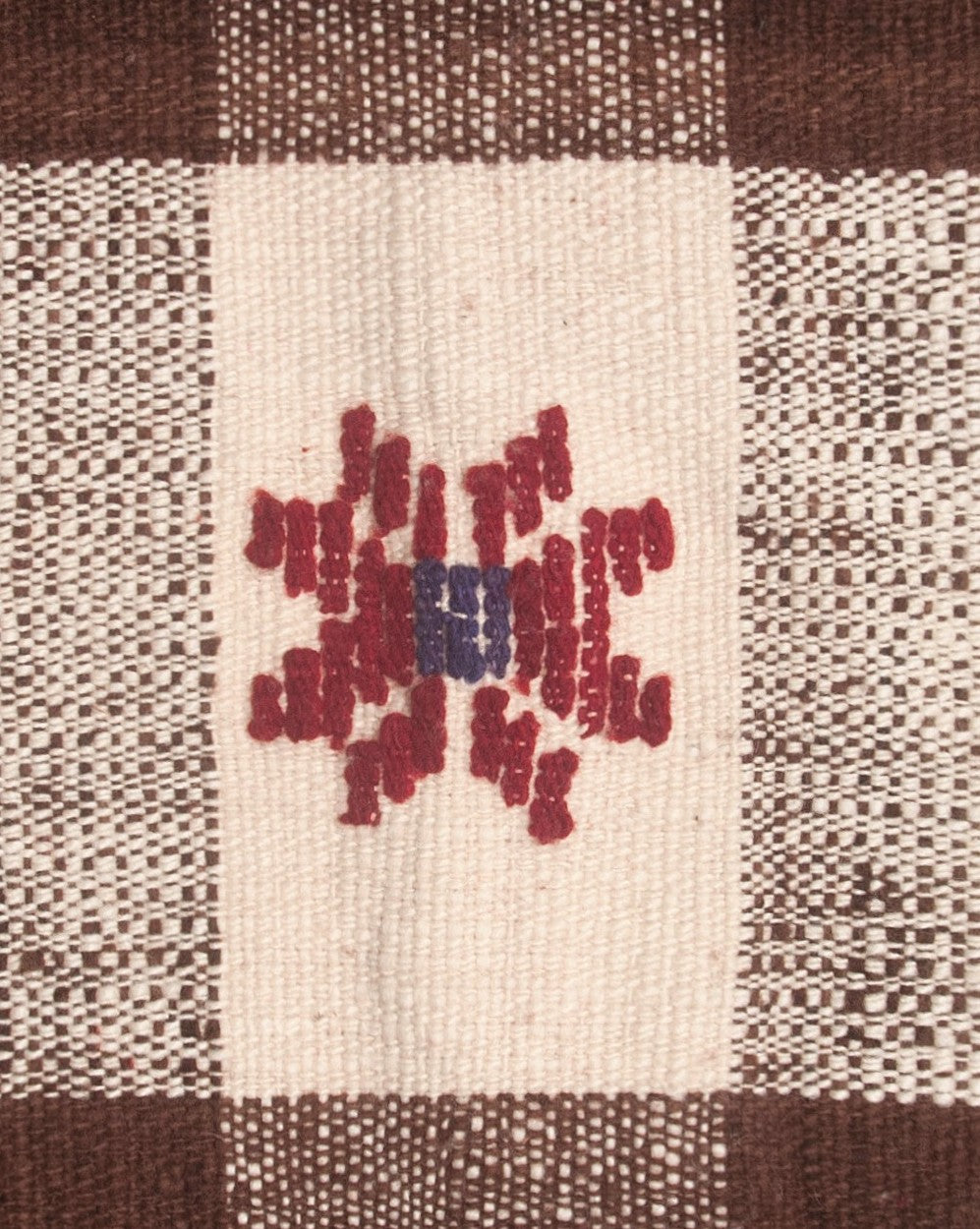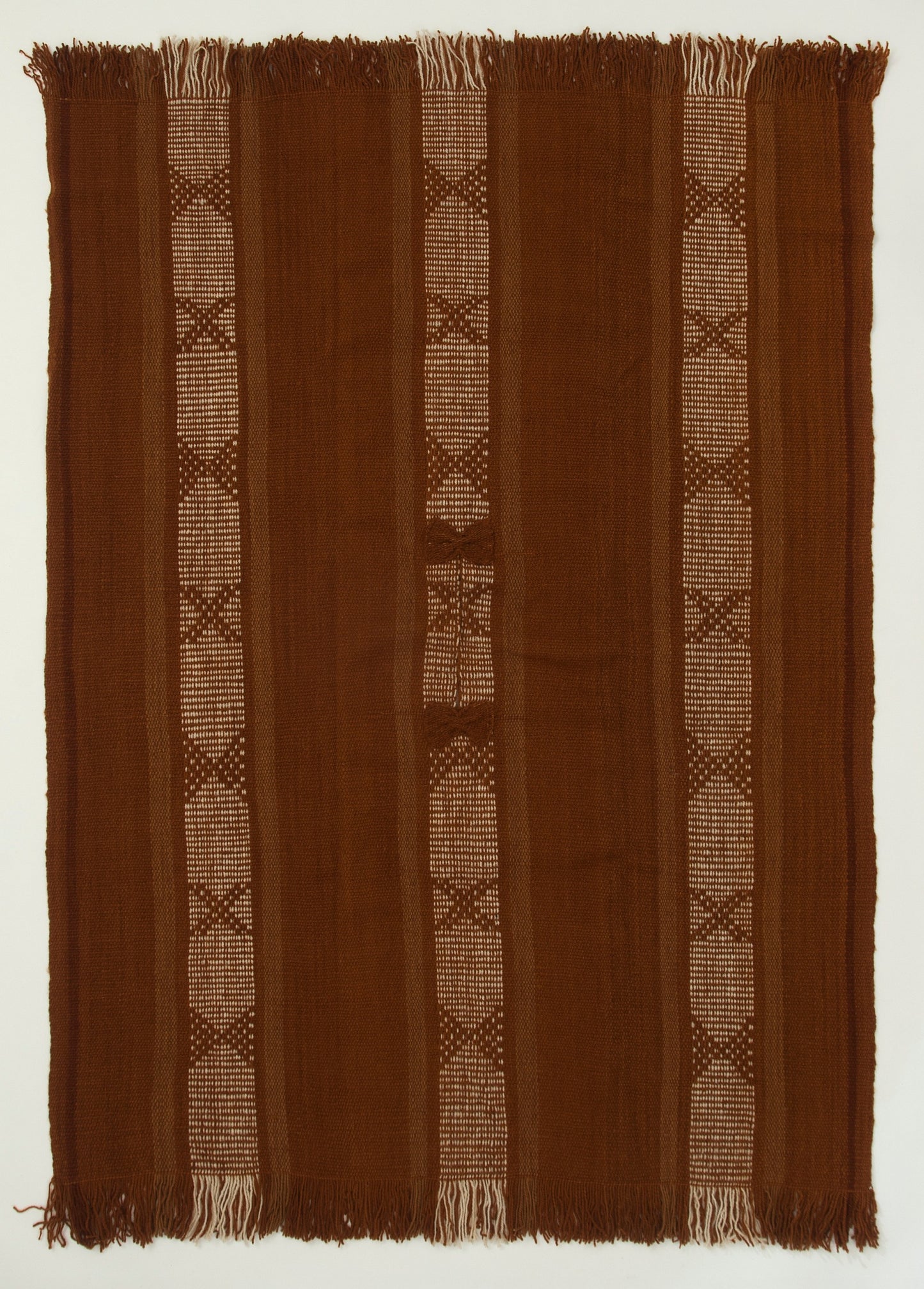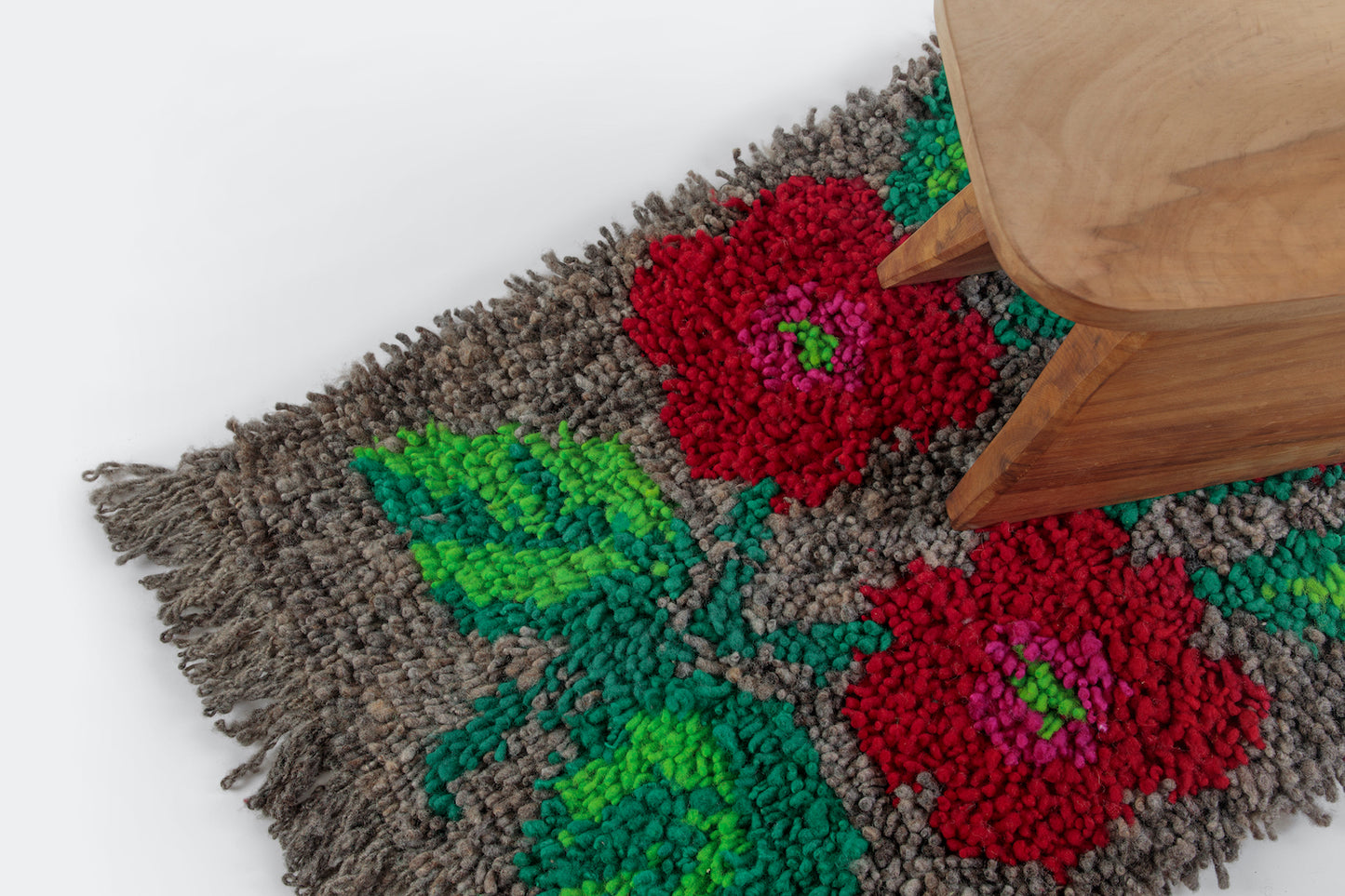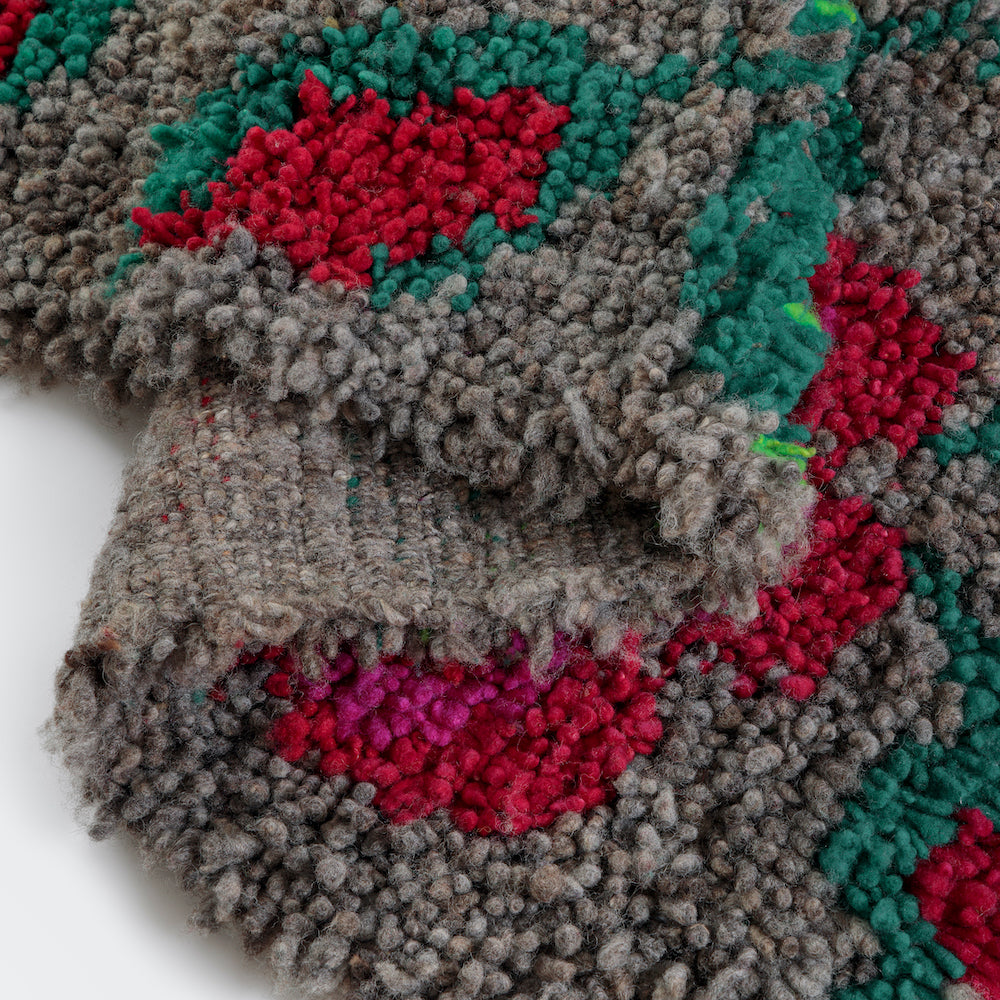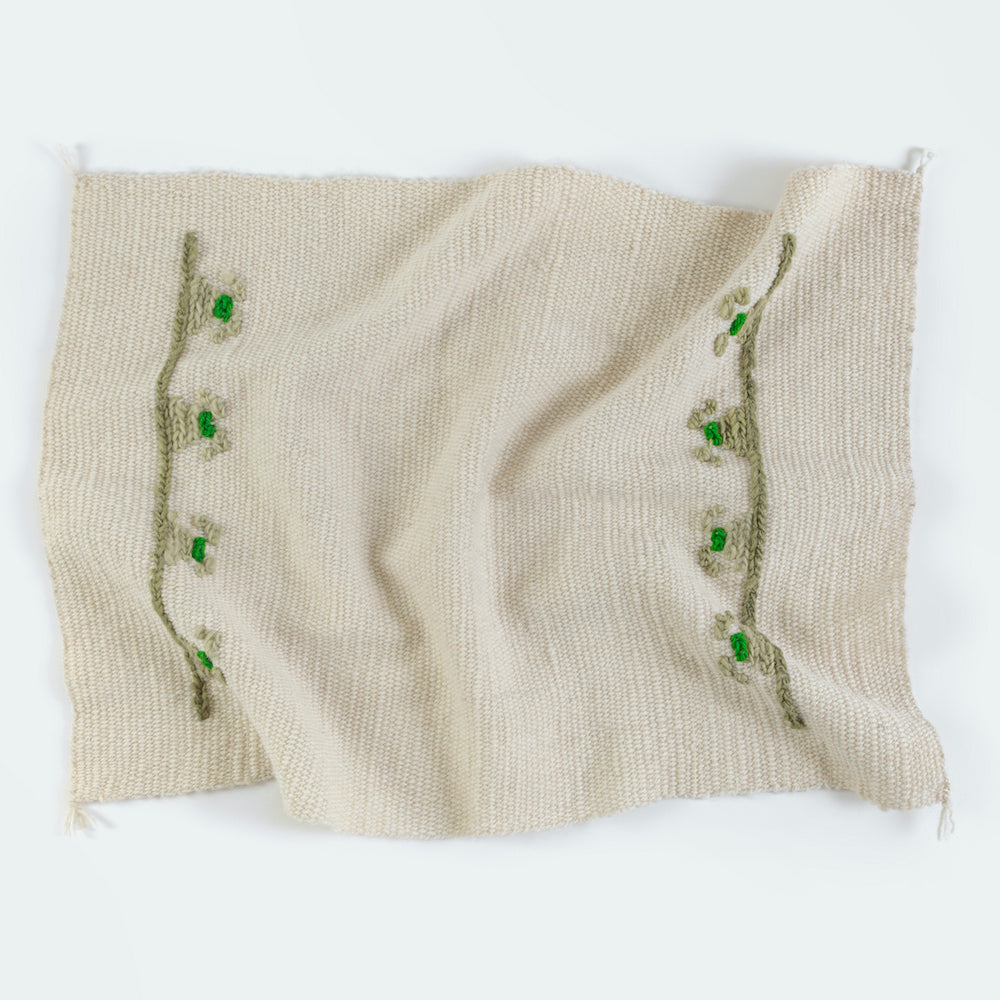Chile, Fundación Artesanías de Chile, Weaving
Fundación Artesanías de Chile (Crafts of Chile Foundation) is a non-profit entity that since 2002 has preserved Chilean cultural identity and created opportunities for traditional artisans, especially in rural locations. Certified by World Fair Trade Organization (WTFO), they work with a network of artisans made up of 2,300 men and women from all over the country, repositories of cultural heritage of their country, imprint in each of their pieces.
For the 2021 Selvedge World Fair, they will present Heirs of Llalliñ, the result of an heritage rescue project of old blankets and girdles that had been sleeping for years in the deposits of Chilean National Museum of Natural History: more than 200 trarikan makuñ and trariwe woven by düwekafe (expert mapuche weavers) centuries ago. Artesanías de Chile invited these weavers to travel to Santiago and visit the museum to see, touch and hold with their hands those pieces woven by Mapuche their ancestors more than a century ago. And, based on that experience, dare to create a new collection on their looms, which would honor that past by rescuing the complex techniques of fabric and colors that their ancestors achieved.
To follow the story of Artesanías de Chile, find them on social media here.
Share
